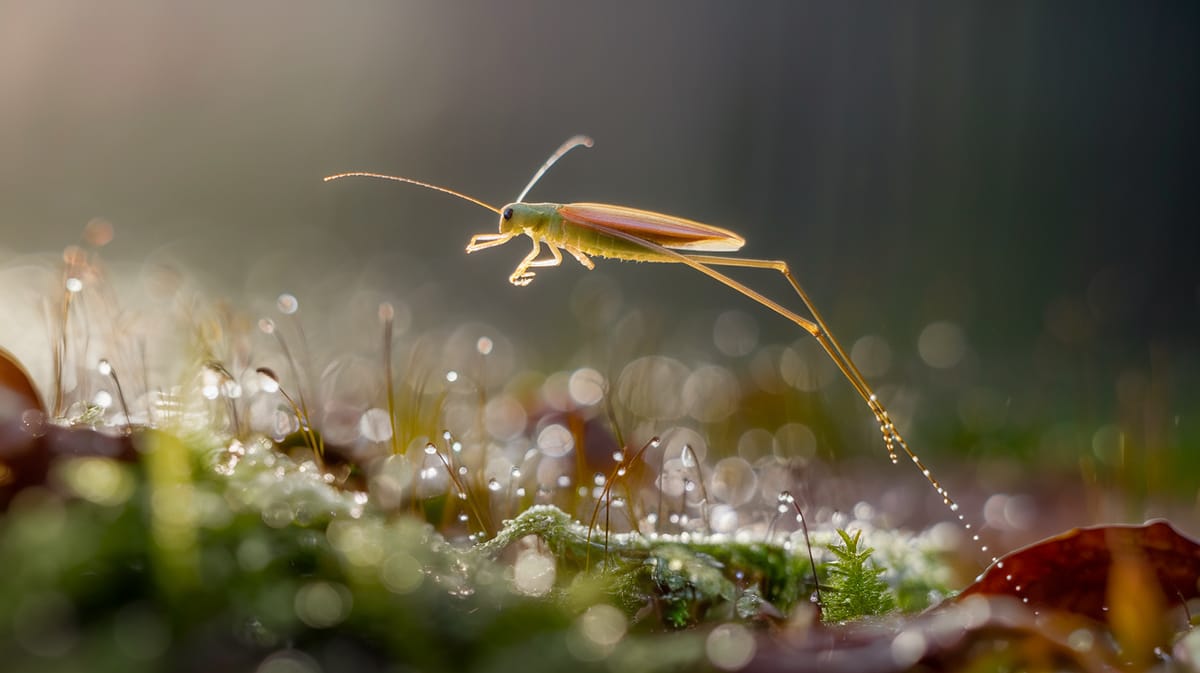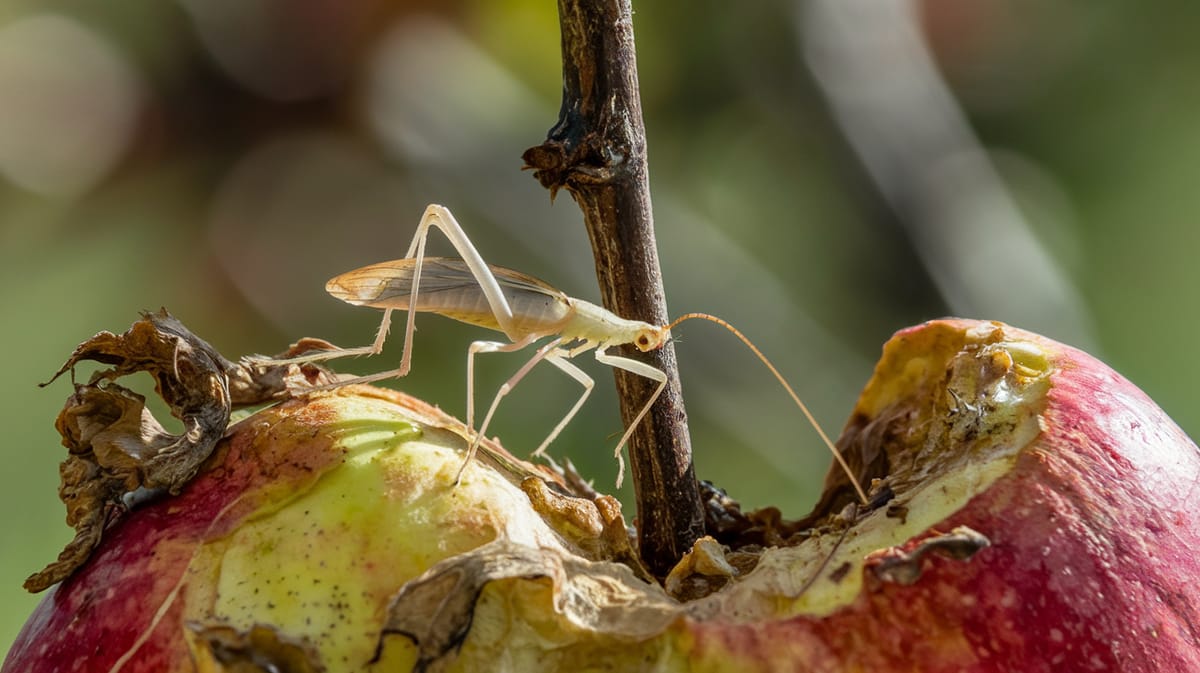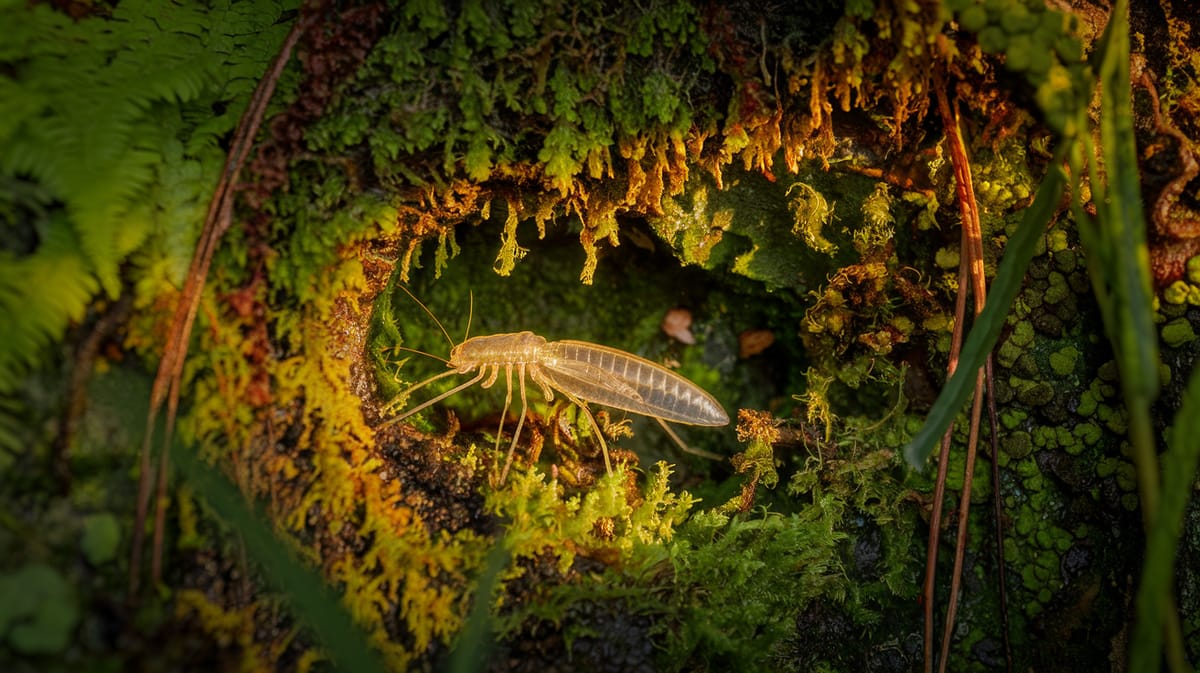Springtail
Ingenious jumpers of the forest floor, springtails thrive in damp environments, recycling nutrients and promoting soil health. Their tiny, agile bodies are vital in the ecosystem.

Key Insights at a Glance
Did You Know?
Taxonomy & Classification
Springtails are tiny soil dwellers, pivotal in nutrient cycling, with unique furcula enabling high jumps and survival in diverse environments. Let's understand the evolutionary journey and classification of these remarkable decomposers.
Species Diversity
Springtails boast over 9,000 species worldwide, thriving in varied ecosystems, from rainforests to polar regions.
Ancient Origins
Springtails originated over 400 million years ago, with remarkable adaptations enabling them to survive mass extinction events.
Lifecycle and Growth
A remarkable journey of transformation from Egg to Adult.
Egg
Springtail eggs are laid in clusters, hatching into juveniles during favorable conditions with adequate moisture and temperature.
Juvenile
Juveniles, resembling smaller adults, molt several times as they grow, gradually developing their jumping mechanism.
Adult
Adults continue to molt throughout life and are known for their remarkable jumping ability using a specialized spring-like structure.
Dietary Habits
A decomposer with a vital ecological role, it thrives on decaying organic matter, fungi, and microscopic organisms on forest floors.
| DIET TYPE | DESCRIPTION |
|---|---|
| Primary Diet | Consumes decaying leaves, wood, and fungi, playing a crucial role in nutrient cycling and soil health. |
| Secondary Diet | Feeds on algae and lichens, utilizing available resources to supplement its primary diet. |
| Occasional | Occasionally ingests pollen and spores, adapting to seasonal availability and environmental conditions. |

Behaviour and Adaptations
Discover the fascinating abilities that define the Springtail's adaptability and survival skills.
Jumping Mechanics
Utilizes a specialized furcula to catapult into the air for quick escapes.
Moisture Retention
Maintains hydration through a waxy cuticle, crucial for survival in dry environments.
Soil Navigation
Efficiently tunnels through soil, promoting aeration and nutrient cycling.
Ecosystem Impact
Springtails play a crucial role in maintaining soil health and ecological balance.
Soil Aerators
Enhance soil structure by breaking down organic matter and improving aeration.
Nutrient Cyclers
Facilitate nutrient cycling by decomposing dead plant material and releasing nutrients.
Fungal Spreaders
Assist in the spread of beneficial fungi important for plant health.
Conservation Challenges
Addressing major threats to Springtail populations for effective conservation.
Habitat Loss
Deforestation and urban development reduce Springtail's natural habitats.
Pollution
Soil contamination from industrial waste harms Springtail ecosystems.
Climate Change
Temperature fluctuations disrupt Springtail's survival and reproduction.
Frequently Asked Questions
How long do Springtail live?
Springtails typically live for about one year. Their lifespan can vary depending on environmental conditions such as temperature and humidity. They mature quickly, often within weeks, and continue to reproduce throughout their lifespan.
What do Springtail eat?
Springtails primarily feed on decaying organic matter, fungi, and bacteria. They play a crucial role in the decomposition process, contributing to soil health by breaking down organic materials and recycling nutrients.
Are Springtail poisonous?
Springtails are not poisonous. They pose no threat to humans or pets. While some species secrete substances for defense, these are harmless to humans. They are generally considered beneficial due to their role in nutrient cycling.
Are Springtail endangered?
Springtails are not considered endangered. They are widespread and found in various habitats worldwide. Their populations are generally stable, although specific environmental changes can impact local populations.
What do Springtail symbolize?
Springtails often symbolize renewal and the natural process of decomposition and regeneration. They are seen as indicators of healthy soil ecosystems due to their role in breaking down organic material and recycling nutrients.
Do Springtail bite?
Springtails do not bite humans or animals. They lack the mouthparts necessary for biting. They might occasionally be a nuisance indoors but are harmless and do not cause damage.
What color are Springtail?
Springtails vary in color, with many being white or gray. Some species can appear blue, purple, yellow, or even metallic. Their color often helps them blend into their environment, providing camouflage from predators.
Does a Springtail have wings?
Springtails do not have wings. They move by using a specialized structure called a furcula, which acts like a spring to propel them into the air, allowing them to jump considerable distances relative to their size.
What does a Springtail look like?
Springtails are small, usually less than 6 mm in length. They have elongated bodies, six legs, and antennae. Their most distinctive feature is the furcula, a forked appendage under the abdomen that enables them to jump.
Is a Springtail an insect?
Yes, a springtail is classified as an insect. They belong to the order Collembola. Despite this classification, they lack wings and have unique jumping mechanisms, distinguishing them from other typical insects.
Related Insects
Discover insects with similar characteristics to Springtail - including shared habitats, diets, and taxonomic classifications
Share this profile
Help others discover Springtail
